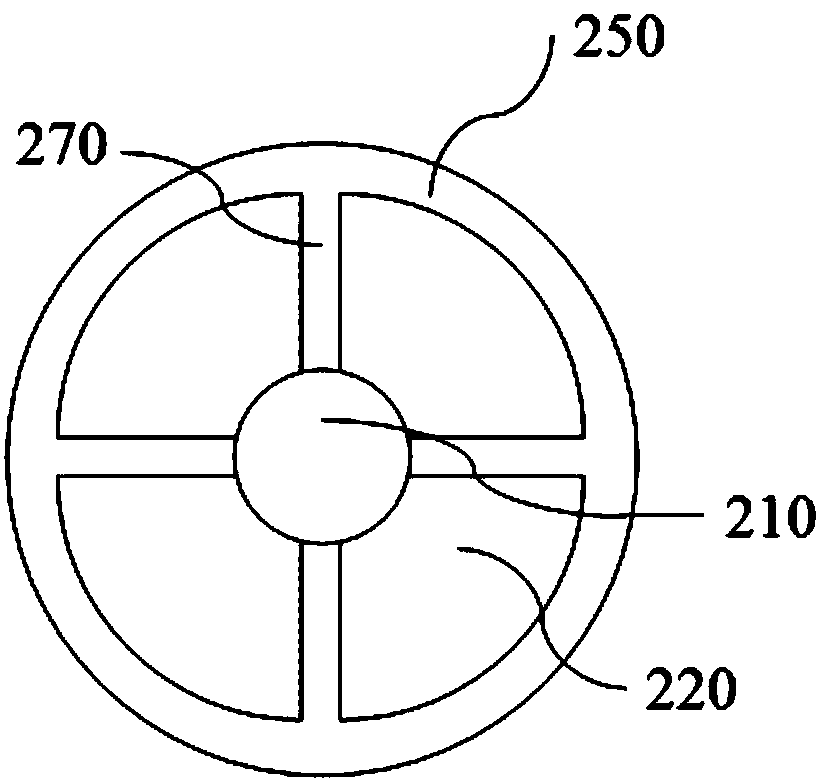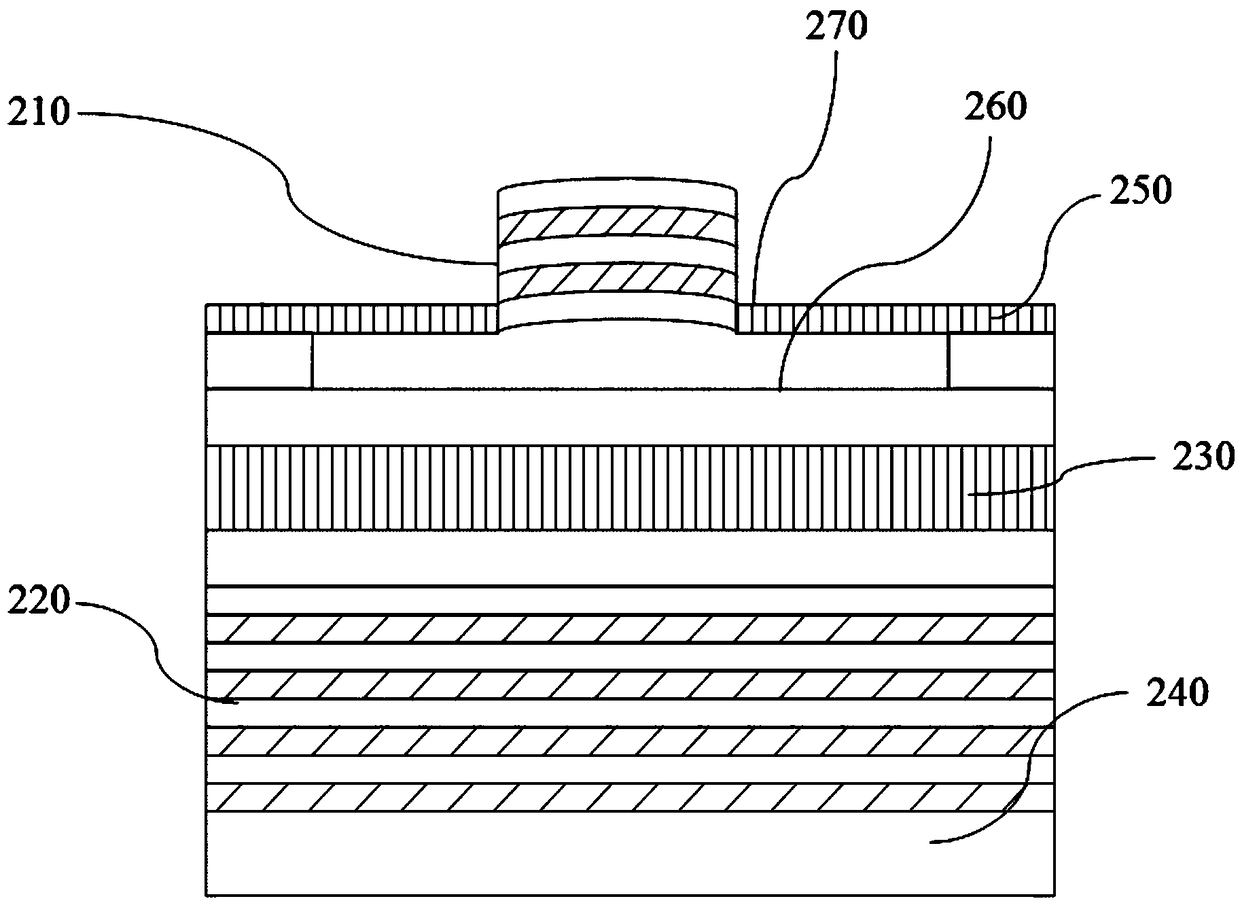Wireless optical communication system based on tunable VCSEL (vertical cavity surface emitting laser)
A wireless optical communication and optical signal technology, applied in the field of optical communication, can solve the problems of long distance, low transmission rate and channel capacity of free space wavelength division multiplexing system, and achieve the goal of increasing modulation bandwidth, transmission rate and channel capacity Effect
- Summary
- Abstract
- Description
- Claims
- Application Information
AI Technical Summary
Problems solved by technology
Method used
Image
Examples
Embodiment 1
[0036] figure 1 A schematic structural diagram of a wireless optical communication system based on a tunable VCSEL provided in Embodiment 1 of the present invention. This embodiment is applicable to free space optical communication. The wireless optical communication system based on a tunable VCSEL includes a signal transmitting end 110 and signal receiving end 120.
[0037] The signal transmitting end 110 includes a tunable VCSEL array 111 and a first optical component 112, configured to control the tunable VCSEL array 111 to emit a corresponding laser signal according to an externally input electrical communication signal, and converge the laser signal through the first optical component 112 as The optical communication signal is output to free space.
[0038] Wherein, the optical communication signal includes light of various wavelengths, since the signal transmitting end 110 is configured with a tunable VCSEL array 111, and the tunable VCSEL can output laser light of diff...
Embodiment 2
[0045] Figure 4 A schematic structural diagram of a tunable VCSEL-based wireless optical communication system provided by Embodiment 2 of the present invention. The technical solution of this embodiment is further refined on the basis of the above embodiments, as shown in Figure 4 As shown, optionally, the signal transmitting end 110 further includes: a control module 113 and a driving module 114 .
[0046] The control module 113 is connected to the tunable VCSEL array 111 and configured to control each VCSEL on the tunable VCSEL array 111 to emit light beams of different wavelengths.
[0047] The driving module 114 is connected to the tunable VCSEL array 111 and configured to control the working state of each VCSEL on the tunable VCSEL array 111 . Wherein, the working state of the VCSEL includes emitting laser light and stopping emitting laser light. The VCSELs on the tunable VCSEL array 111 are controlled by the control module 113 to emit light beams of different wavelen...
Embodiment 3
[0056] Figure 5 A schematic structural diagram of a wireless optical communication system based on a tunable VCSEL provided in Embodiment 3. The technical solution of this embodiment is further refined on the basis of the technical solutions provided above. The signal transmitting end 110 includes a tunable VCSEL array 111 and a first optical assembly 112. Optionally, the first optical assembly 112 includes a wavelength division multiplexer 1121, an optical power amplifier 1122, a pulse pattern generator 1123, a modulator 1124, a solution A wavelength division multiplexer 1125 , an optical switch set 1126 and a plurality of first acquisition, tracking and alignment ATP devices 1127 . Optionally, the optical power amplifier 1122 includes an erbium-doped fiber amplifier EDFA or a semiconductor optical amplifier SOA.
[0057] The wavelength division multiplexer 1121 is connected to the optical power amplifier 1122, and is configured to couple the received laser beam emitted by...
PUM
 Login to View More
Login to View More Abstract
Description
Claims
Application Information
 Login to View More
Login to View More - R&D
- Intellectual Property
- Life Sciences
- Materials
- Tech Scout
- Unparalleled Data Quality
- Higher Quality Content
- 60% Fewer Hallucinations
Browse by: Latest US Patents, China's latest patents, Technical Efficacy Thesaurus, Application Domain, Technology Topic, Popular Technical Reports.
© 2025 PatSnap. All rights reserved.Legal|Privacy policy|Modern Slavery Act Transparency Statement|Sitemap|About US| Contact US: help@patsnap.com



